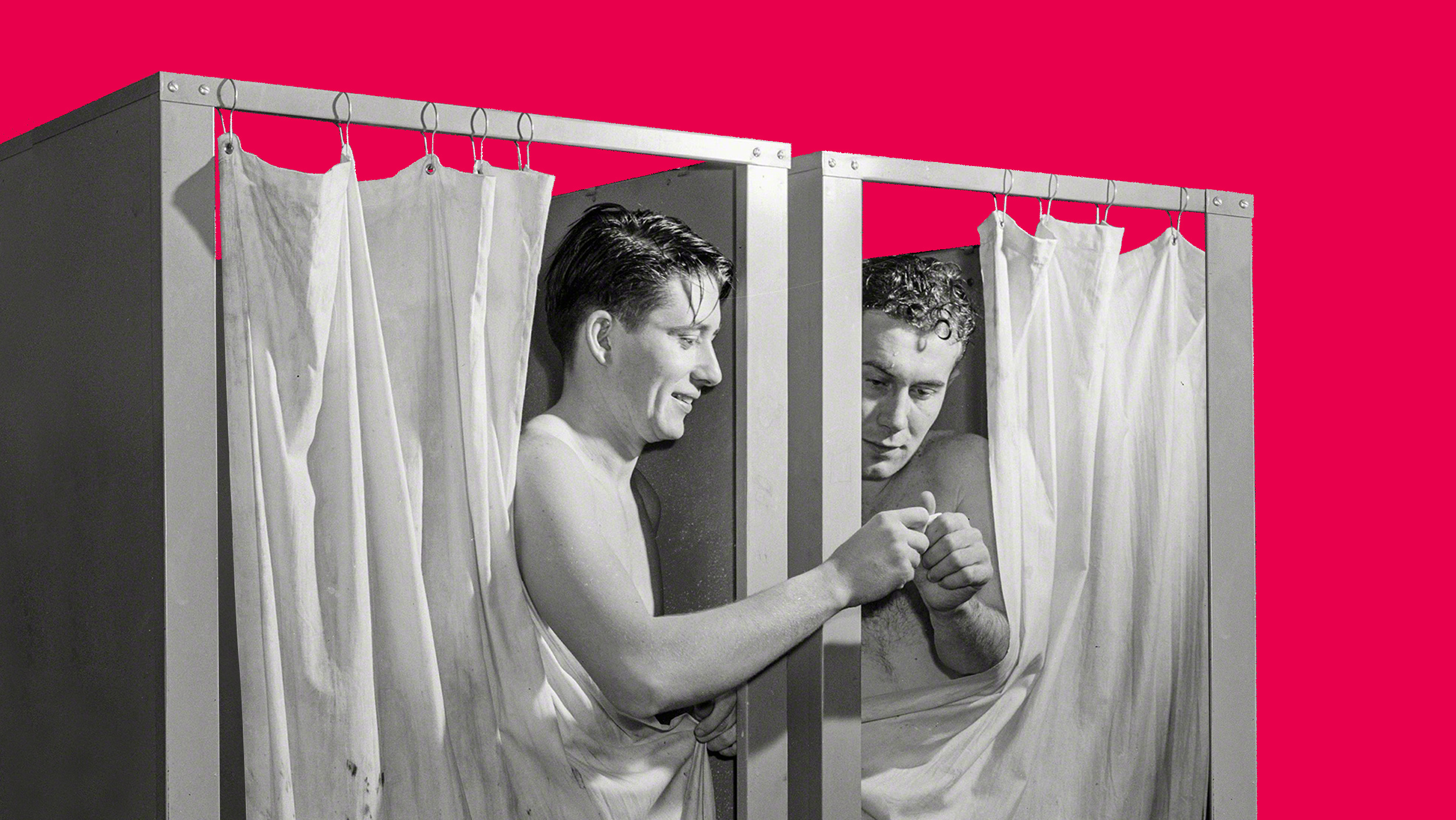
May 2016
Does it make sense to invest in a virtual reality project which has very limited reach, isn’t it technologically immature and has exceptionally high production costs? The answer is yes. However this article outlines why you should invest in branded VR experiences right now.
Google Daydream just launch their VR gear at the end of 2016. Microsoft announced that they will launch a 300 USD HMD early 2017. When players like these enter the VR scene with reasonable priced VR, it is time to acknowledge that consumers will follow fast.
Now is the time to test how virtual reality can reach your target group because any virtual reality experience is fuelled with attention from marketers, consumers and businesses.
In the end, marketing activities are measured in terms of cost and exposure. Even though the experience is limited to the few people you attract to your VR stand, or the few people that have VR equipment at home, the reach is far beyond your VR installation.
Storytelling in VR
In virtual reality, individuals are living the story. You are not telling a story like you do in traditional marketing but you invite individuals to have an experience connected to your brand and business.
It is highly unlikely that you will share your experience with others after seeing a TV ad or a magazine ad because you were just viewing these stories as a third person. You were not present at the shooting when the adventurer slid down the Alps in his new skiing gear, and you were not standing in the field next to the plane when Bono and Ali Hewson had their Louis Vuitton moment. Traditional marketing gives you a sneak peek into someone else’s lifestyle and story. Best case you can picture yourself being there, but sadly you are not living it. VR on the other hand, takes you to any world or desired place the brand owners want to create for you – you are no longer a passive receiver of a story, but living it as you were there.
In VR you are that handsome guy in the yacht, in the car, on the mountain, in the club and so on. And the experience will hopefully engage you enough to share the story with others. Even if you don’t share it with anyone, you have lived something great and you will remember it for a very long time. Maybe forever. No surprise marketers will embrace VR technology.
Use your digital channels to spread the word
A great VR experience has the same effect on people as any great real life experience; We want to tell our friends about it! We want to share. It’s a very human thing to do when you experience something amazing. The immediate raw reactions can be captured, and shared through your digital channels. But the real chatter from real people, promoting your brand experience to others in their network – that’s every marketers wet dream.
Filming people, as they step out of VR with wide eyes, you will be in the possession of the perfect viral clip. Introverted VR experiences can easily be translated into a mass market campaigns if you plan carefully. It would be a big mistake to underestimate the “wow factor” people feel when they experience great VR.
Doing this exercise, you will be in the possession of perfect material for content marketing that has the potential of high viral penetration. Introverted VR experiences can easily be translated into a mass market campaigns if you plan carefully. It would be a big mistake to underestimate the “wow factor” people feel when they experience great VR.
Play your VR content on web
360 video or photo spheres can easily be optimised to play in web browsers. Everyone does not need to experience your content in a VR device. More and more browsers and distribution channels like YouTube and Facebook, support VR content to be displayed in a web interface. With hand held devices like smartphones and tablets, the viewer can enjoy the content that originally was created for VR without VR googles.
Did anyone have success with this approach?
Several brands have seen the potential of capitalising on the VR experience in other channels maximising the effect of their initial investments in VR. McDonalds created a Happy Google campaign distributed from only 14 restaurants in Stockholm, they reached almost 800 000 people with their web content. Play Stage Gateshead attracted more than 5 000 web sessions, and more than 2 500 for their 10-year anniversary using VR together with web.
The added value
A VR experience has additional value if you look at the production as a part of your content marketing efforts, or simply to attract PR and attention on the context of social media and other channels. The audience that have tried your VR experience may become your brands best ambassadors that share the story they experienced with others.
Take away
To use VR as part of a viral campaign might increase the cost of the total production. Marketers need to measure all their activities in reach and exposure for their target group and VR has the potential of reaching beyond what regular advertising can offer in terms of cost and exposure.

 Cultivating Minds: How Havrå Farm Game will Grow Sustainable Leaders
Cultivating Minds: How Havrå Farm Game will Grow Sustainable Leaders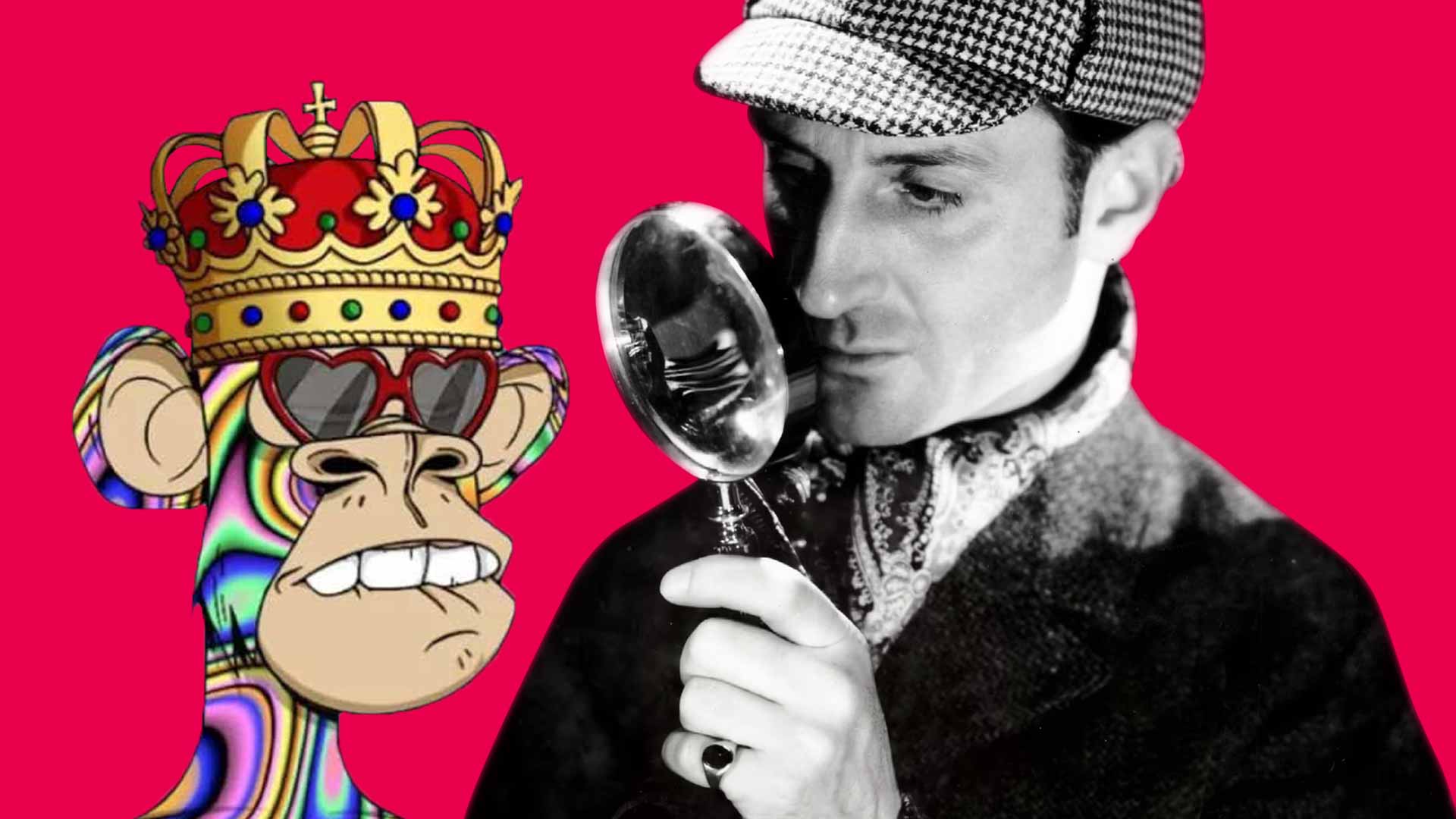 How cultural heritage is leveraging blockchain and NFTs to reconnect to their audience
How cultural heritage is leveraging blockchain and NFTs to reconnect to their audience It’s hot tub time
It’s hot tub time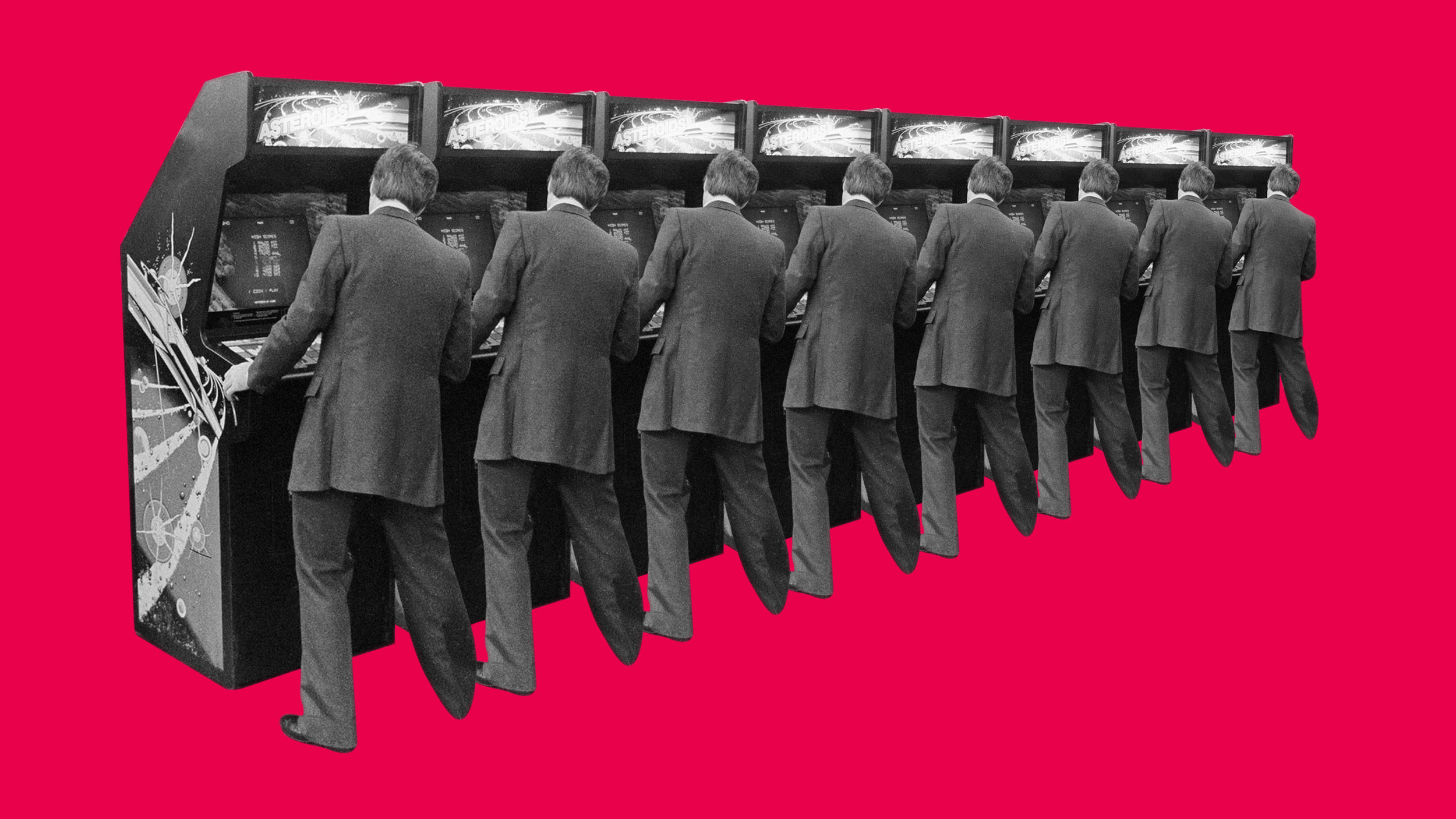 The renaissance of the classic arcade
The renaissance of the classic arcade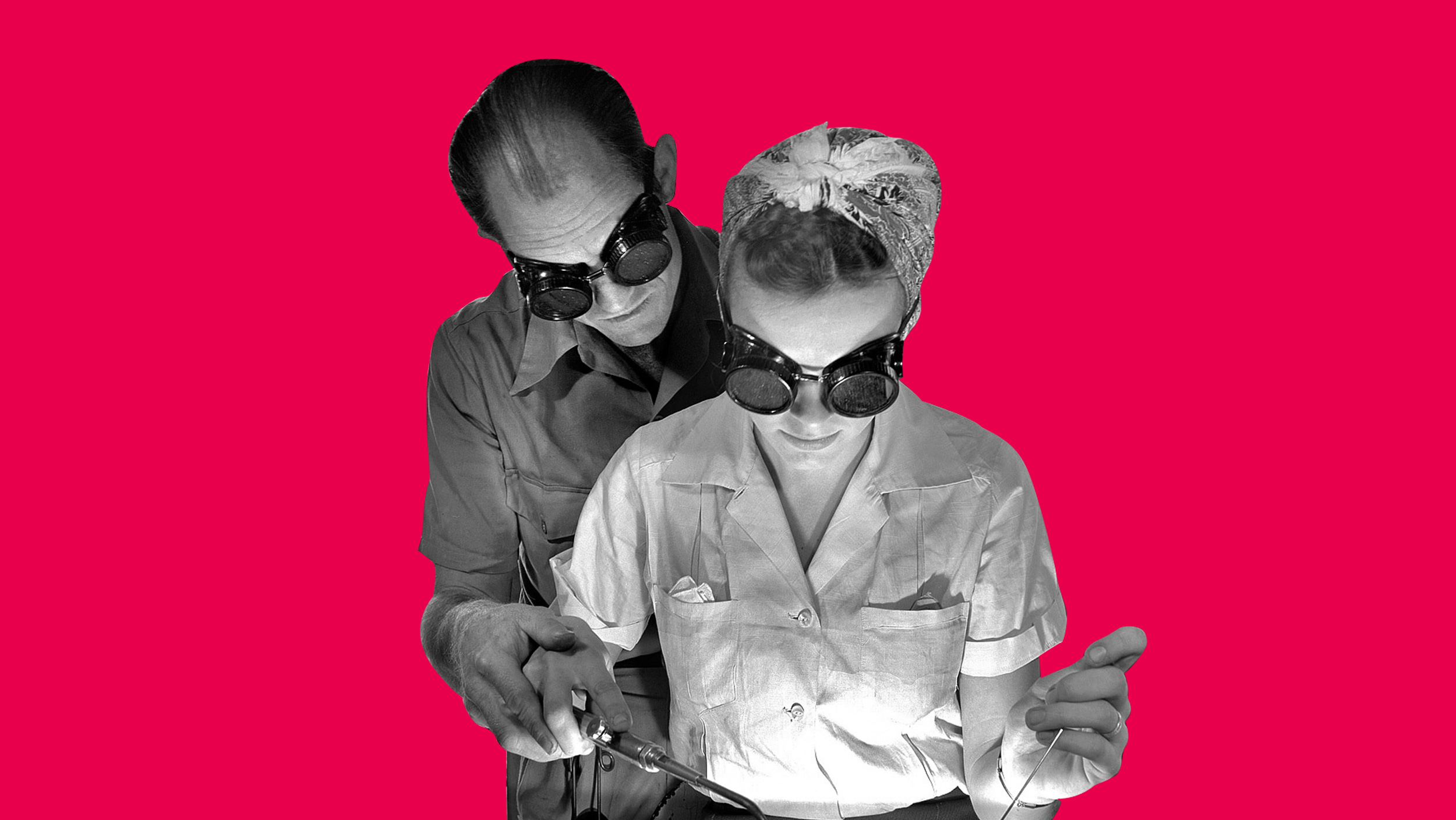 A model for understanding the virtual reality experience
A model for understanding the virtual reality experience How VR / AR are an effective b2b sales solution
How VR / AR are an effective b2b sales solution VR – Machine driven human to human interaction
VR – Machine driven human to human interaction Untangling the wires – how 2019 will see virtual reality cut the umbilical-cord
Untangling the wires – how 2019 will see virtual reality cut the umbilical-cord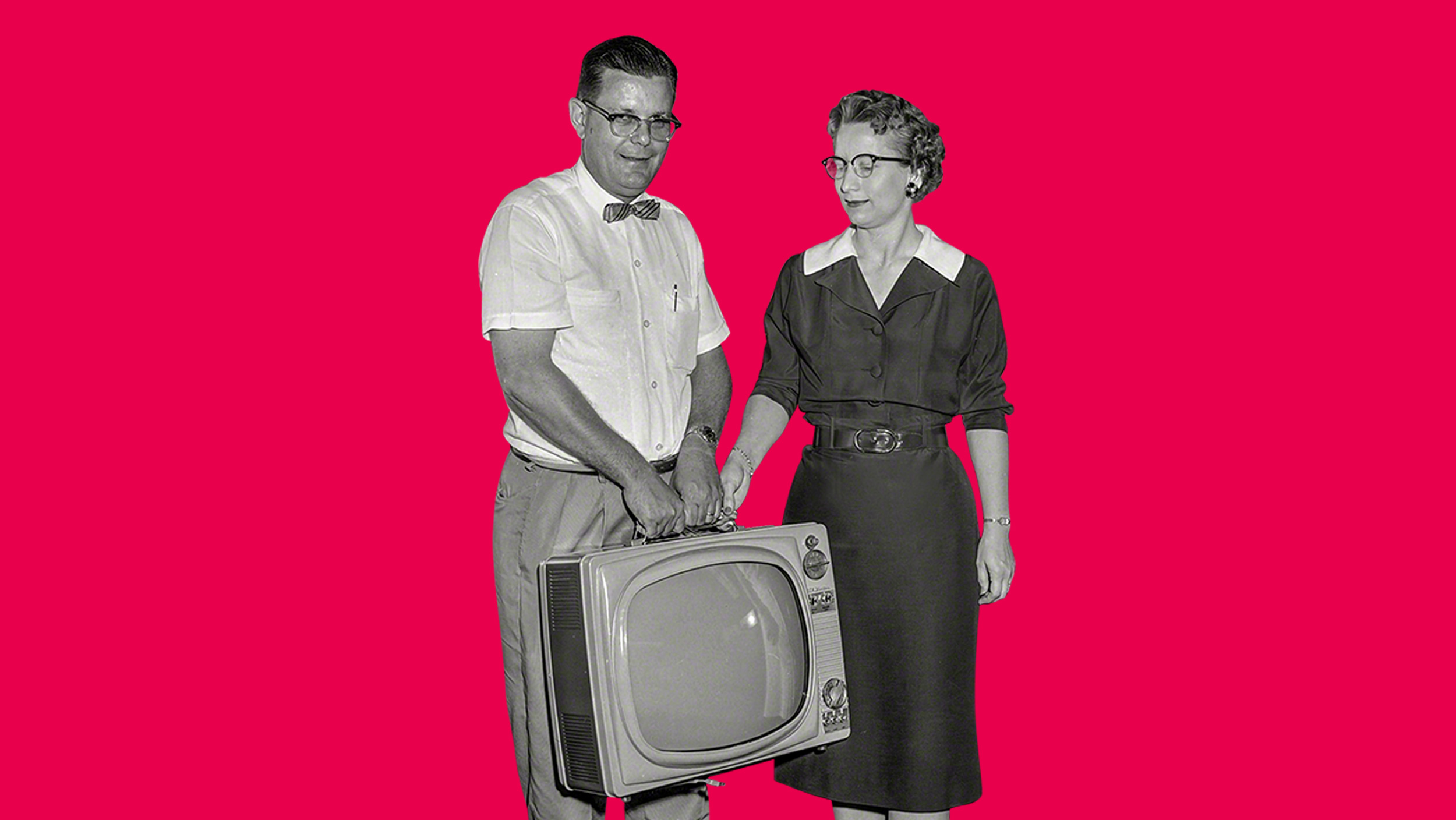 Our long road to getting virtual reality on the road
Our long road to getting virtual reality on the road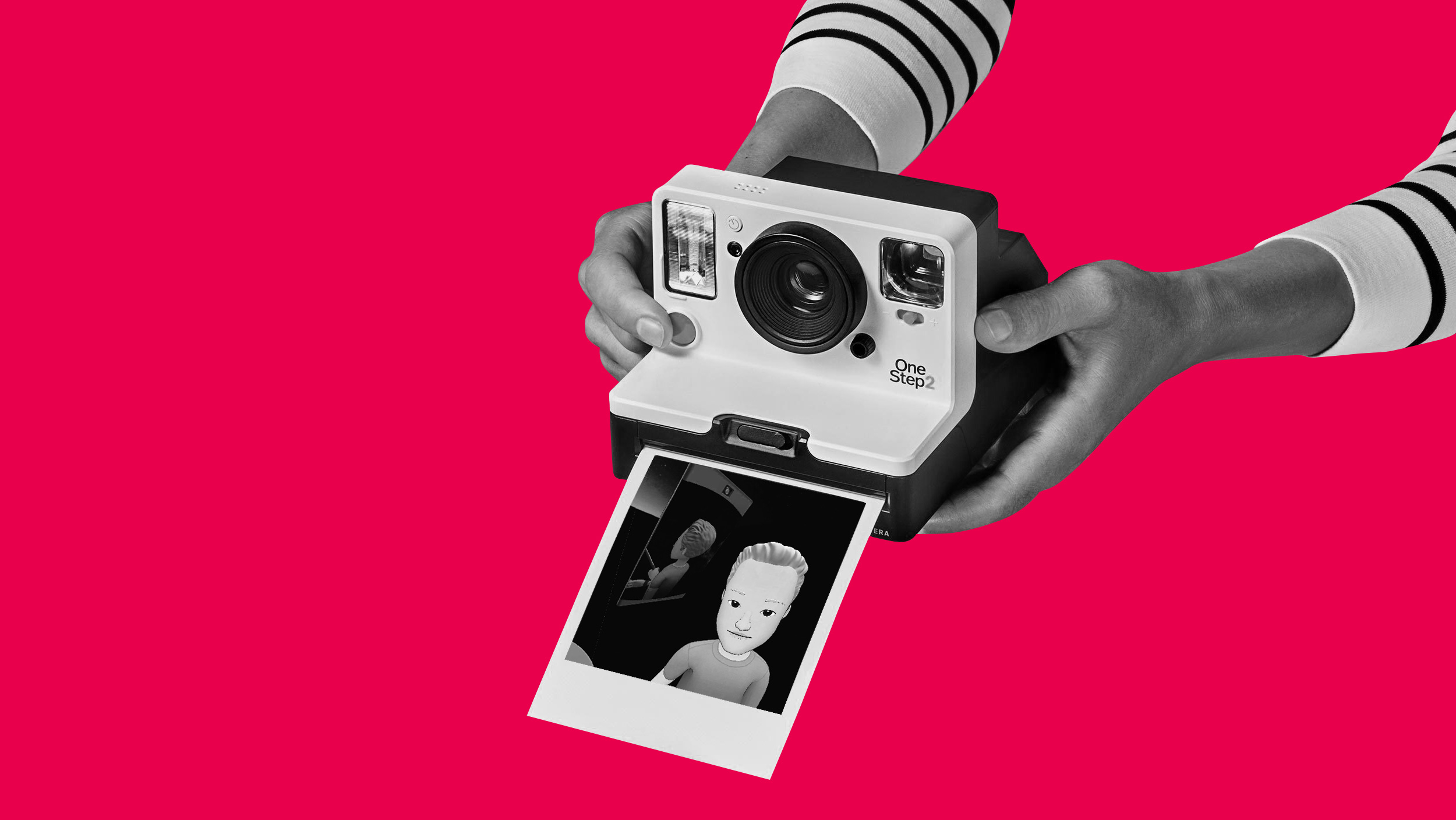 The information age is dead welcome to the experimental age
The information age is dead welcome to the experimental age Anatomy of VR
Anatomy of VR Deciphering the hololens
Deciphering the hololens Make it sound right or break immersion
Make it sound right or break immersion Branding your reality
Branding your reality A deep dive into immersion
A deep dive into immersion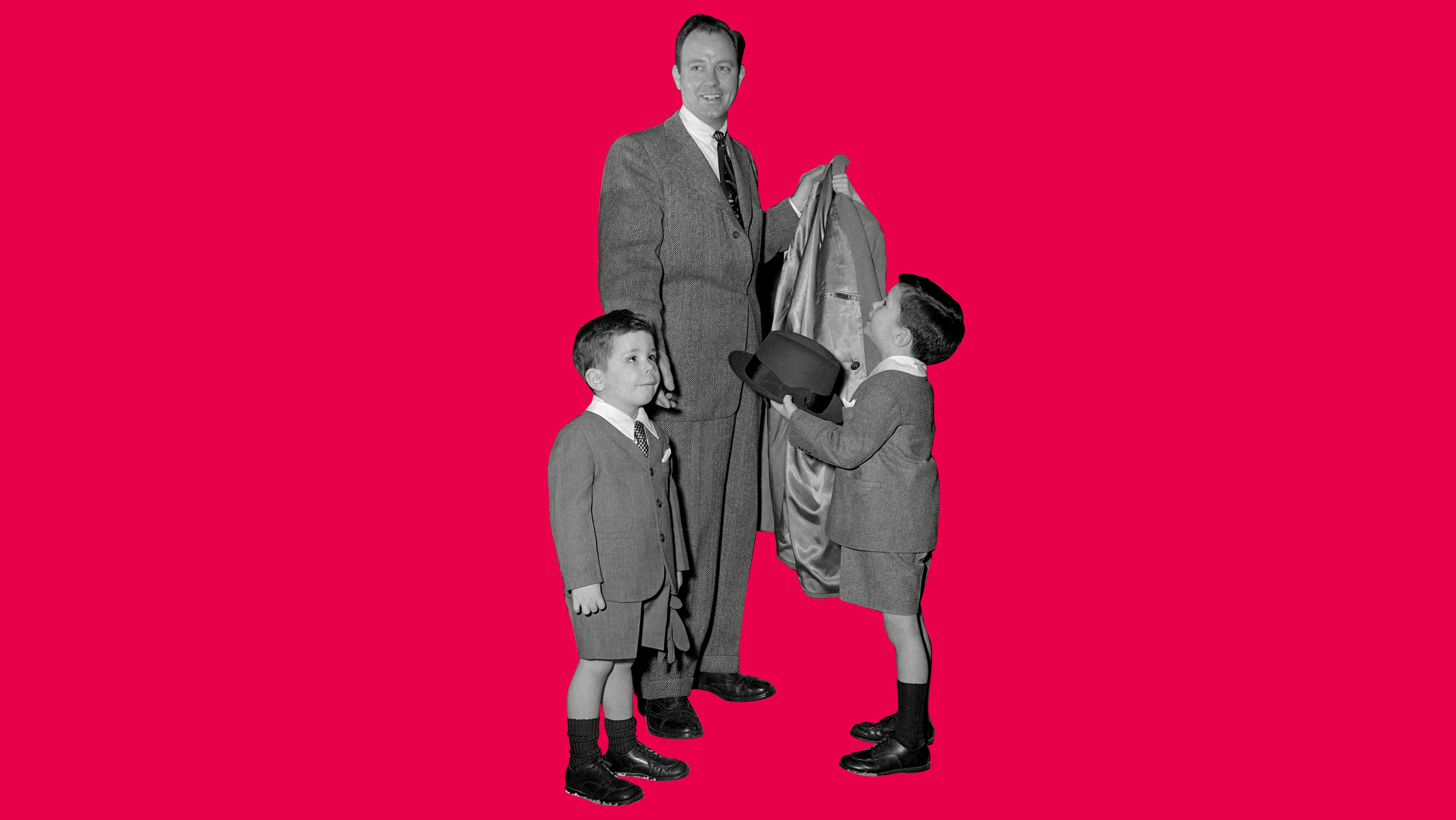 Why the suit & ties don’t get VR
Why the suit & ties don’t get VR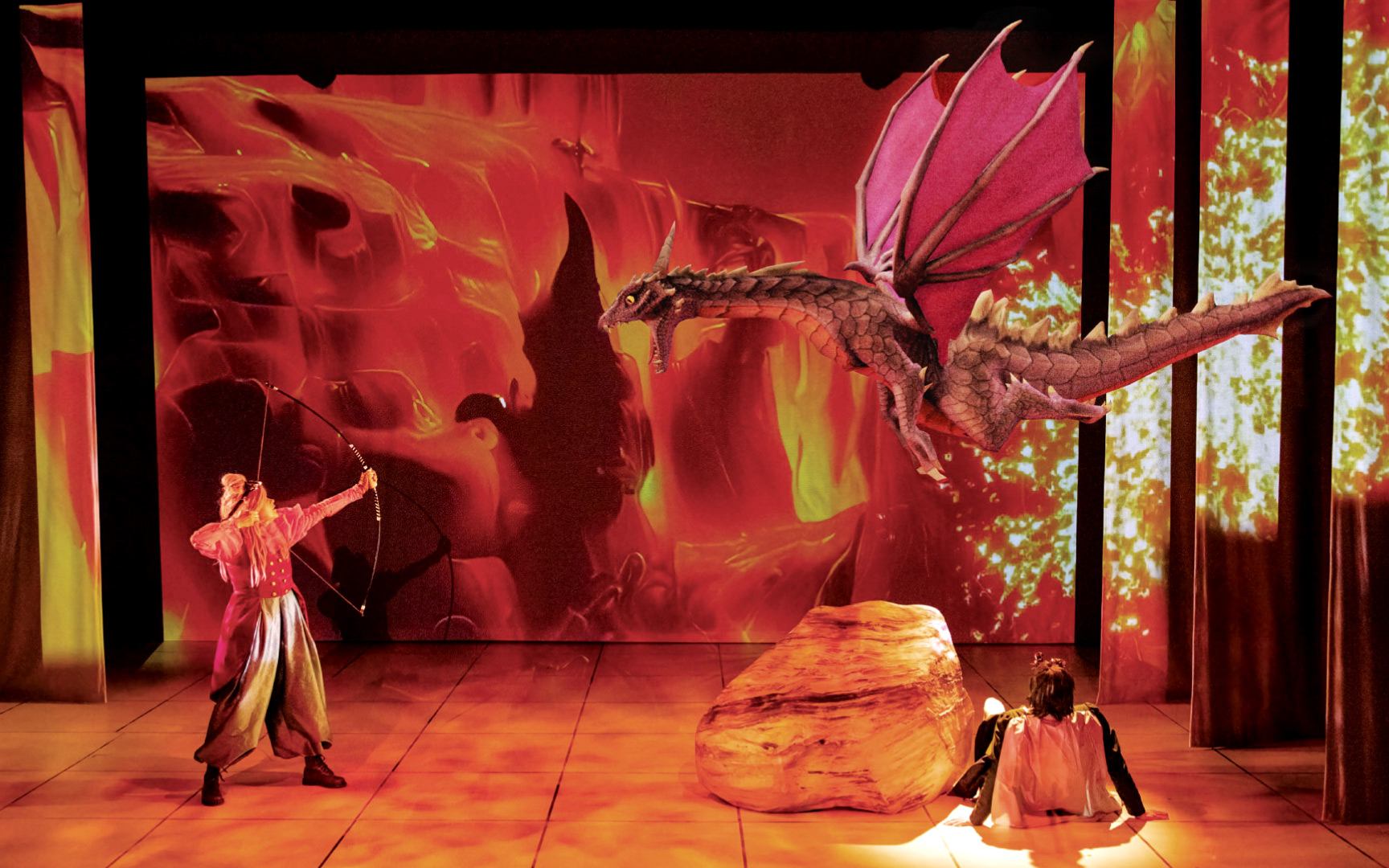 Theatre reimagined with AR
Theatre reimagined with AR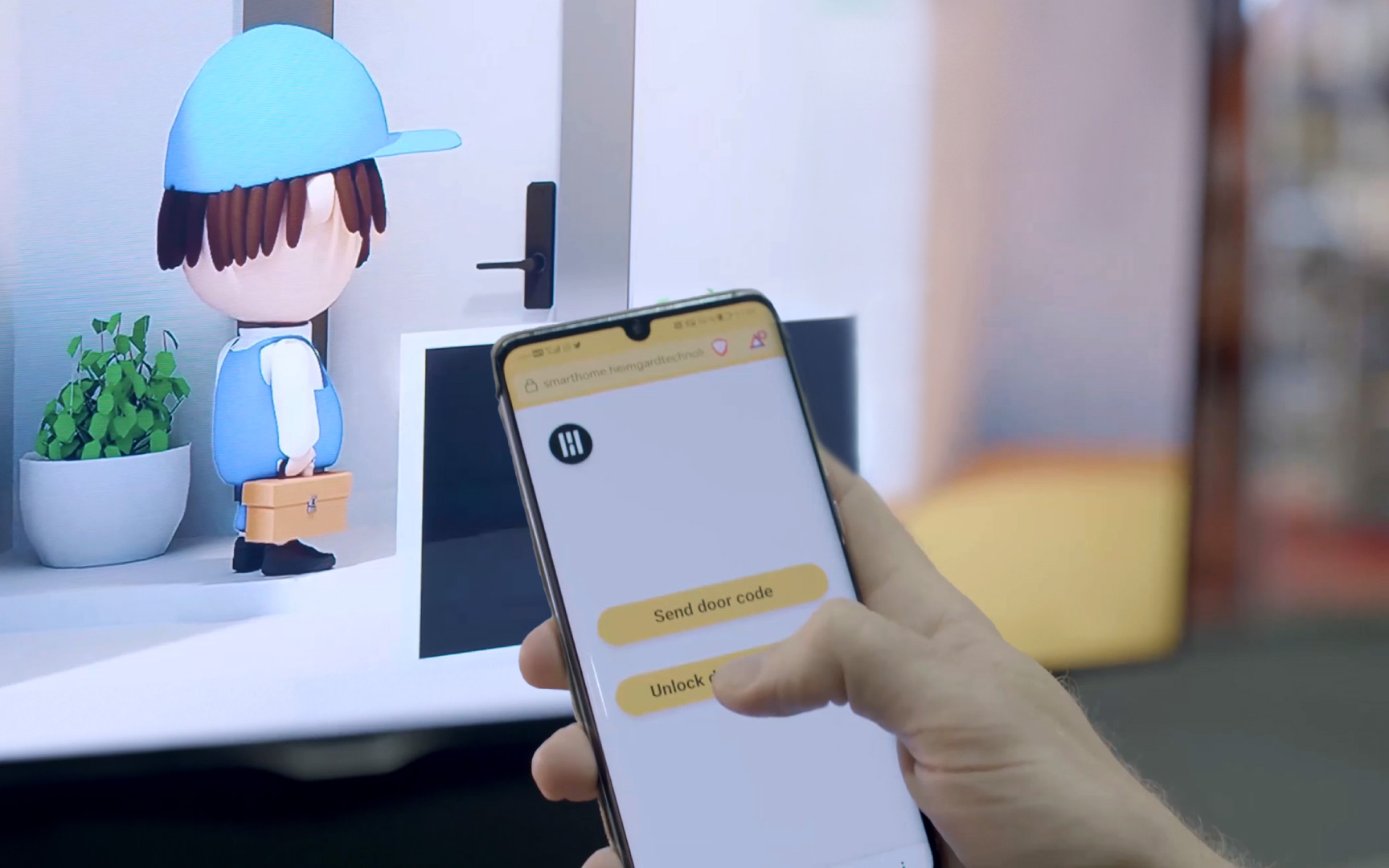 Let your audience control their experience
Let your audience control their experience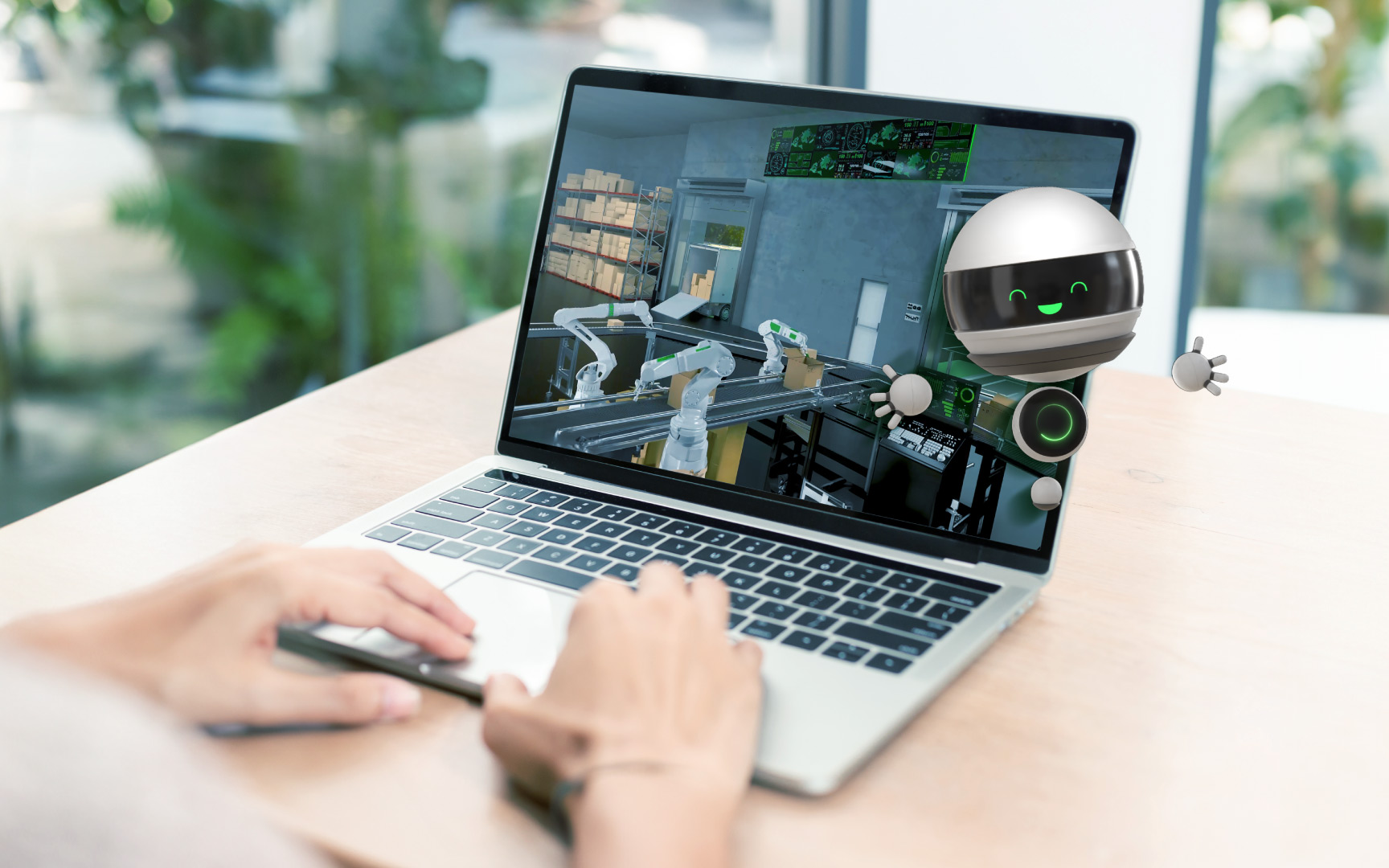 Immersive web to CRM integration for lead gen
Immersive web to CRM integration for lead gen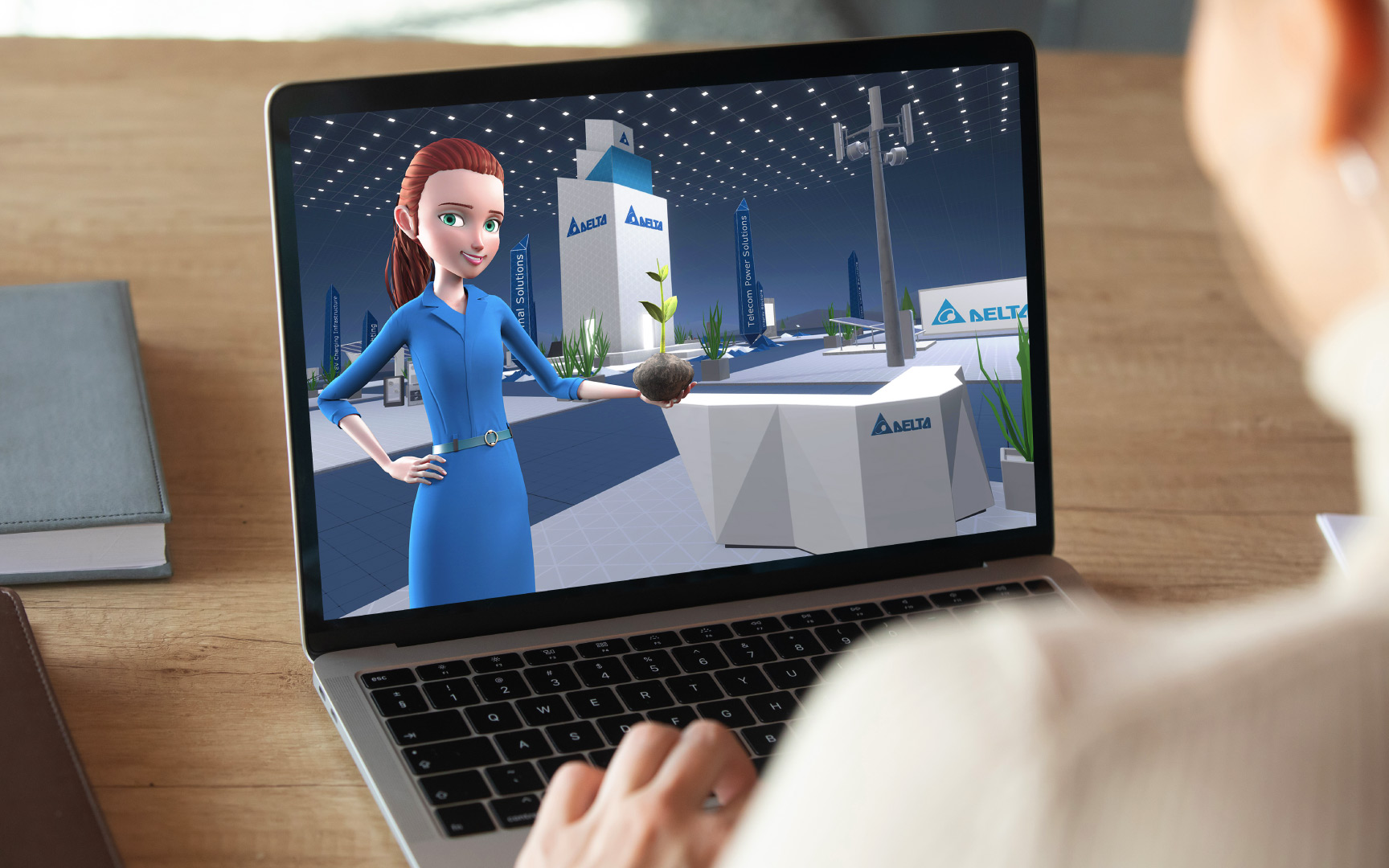 Digital interactive exhibitions during the pandemic
Digital interactive exhibitions during the pandemic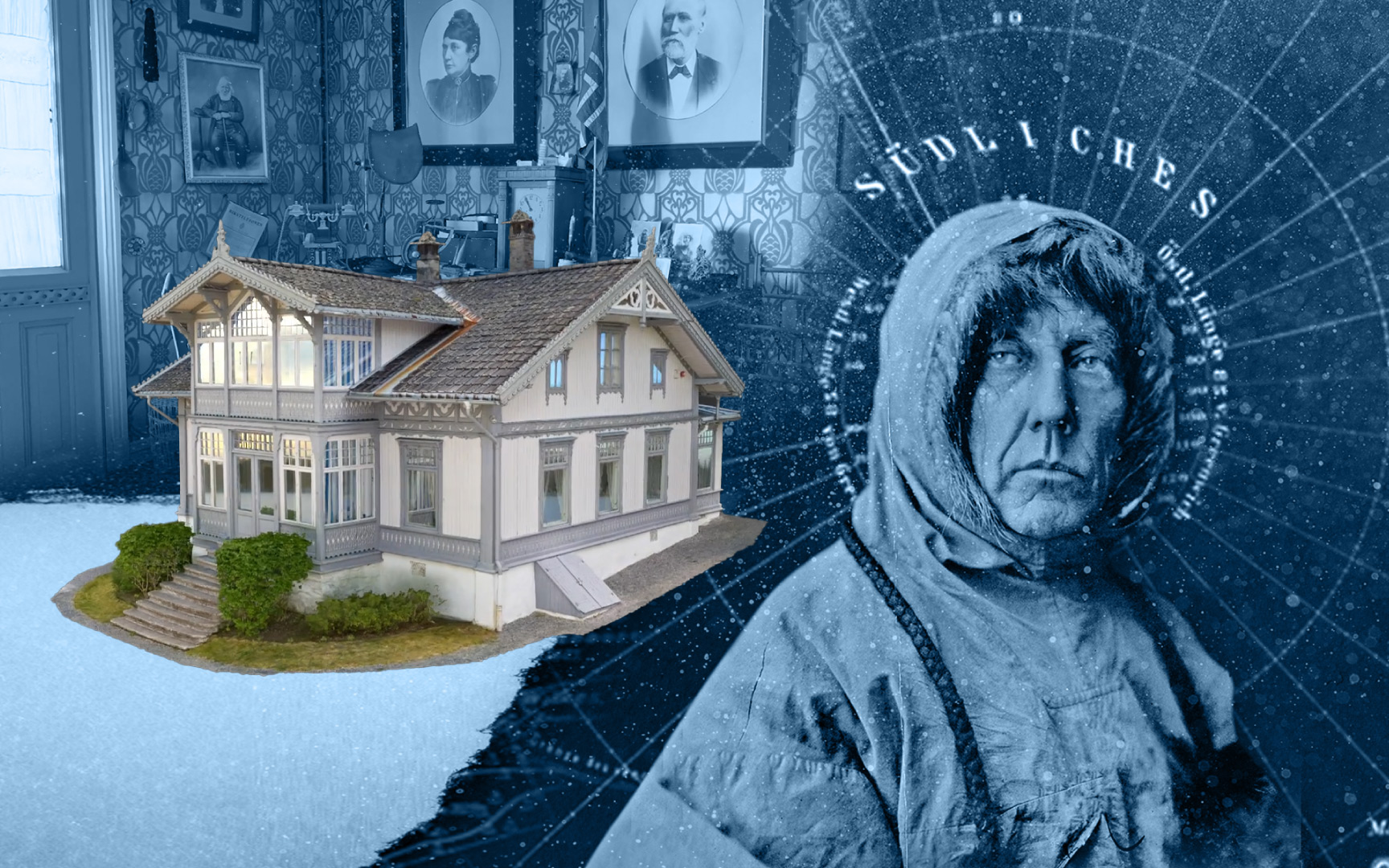 Creating a virtual museum with photogrammetry
Creating a virtual museum with photogrammetry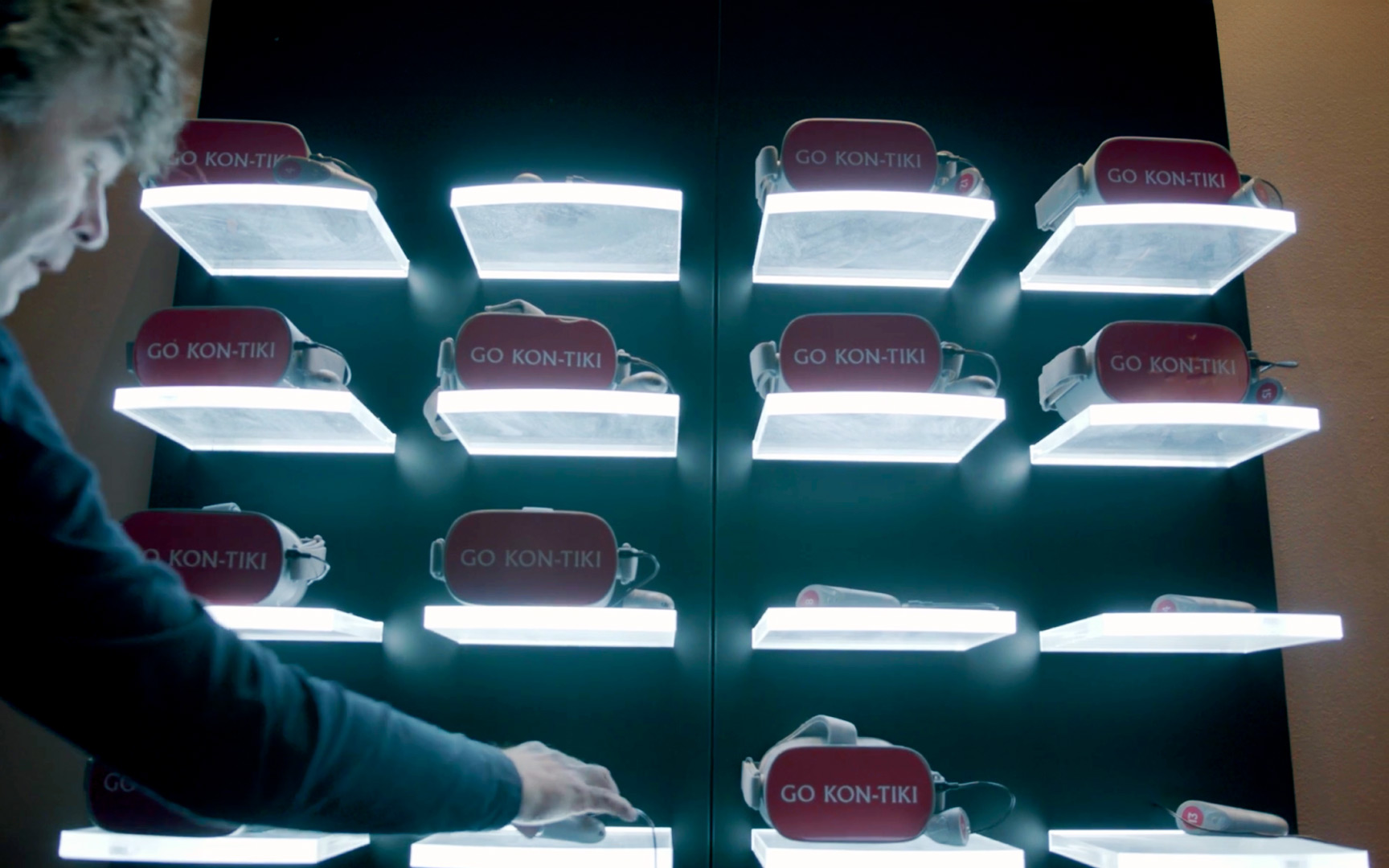 Sailing across the pacific in VR
Sailing across the pacific in VR Audience engagement through immersive web
Audience engagement through immersive web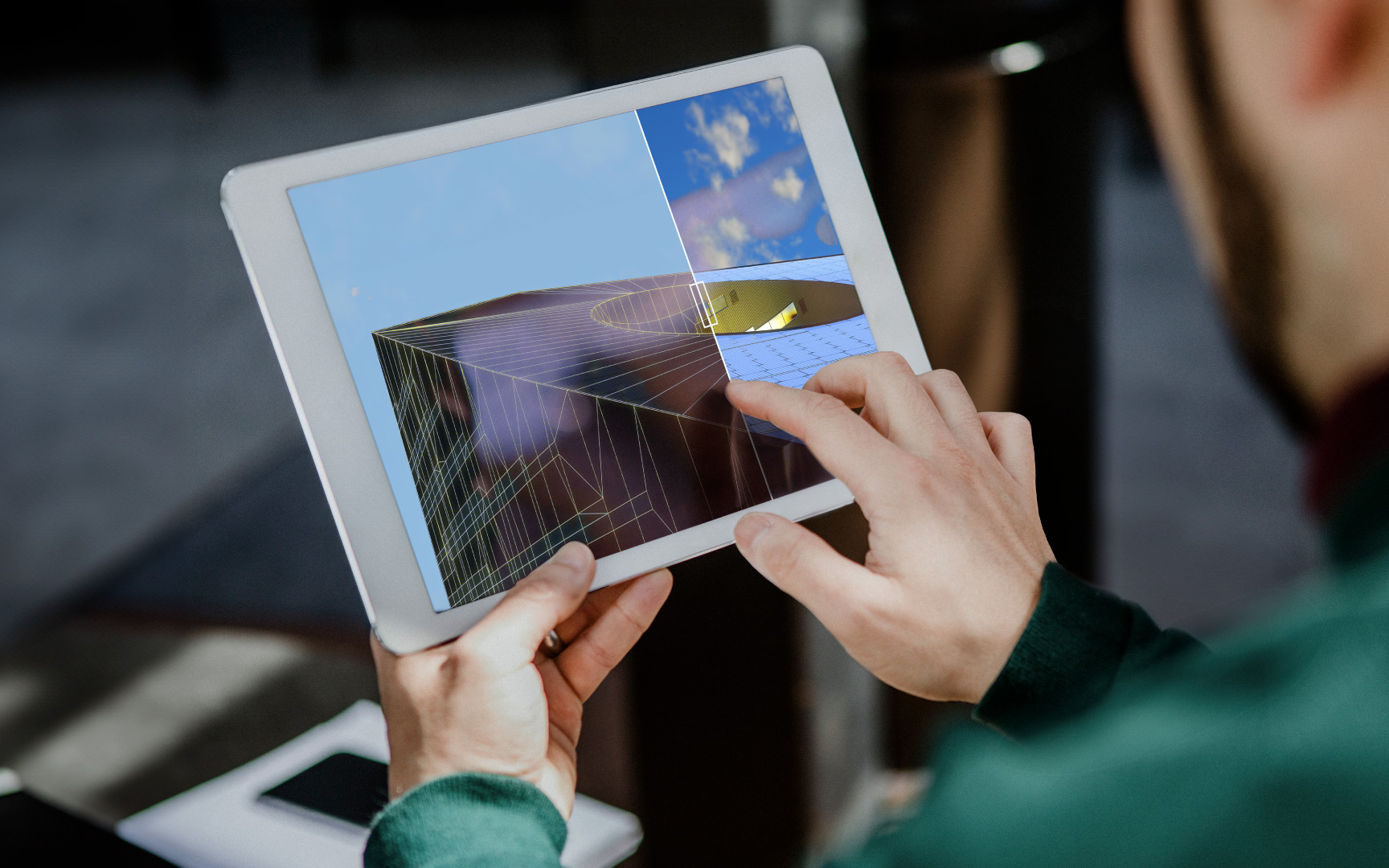 Share your architectural vision in AR
Share your architectural vision in AR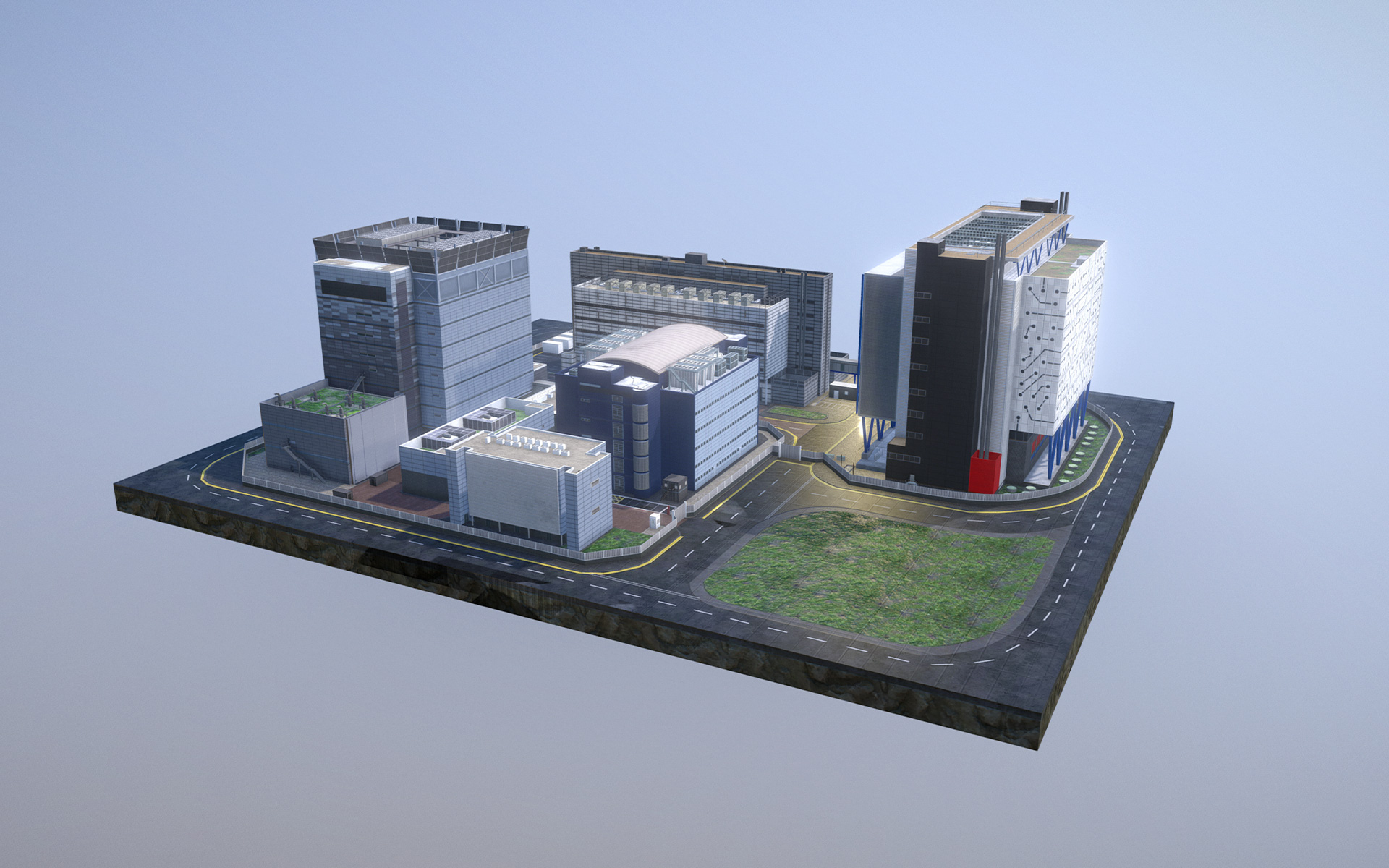 Selling complex installations across WebGL and VR
Selling complex installations across WebGL and VR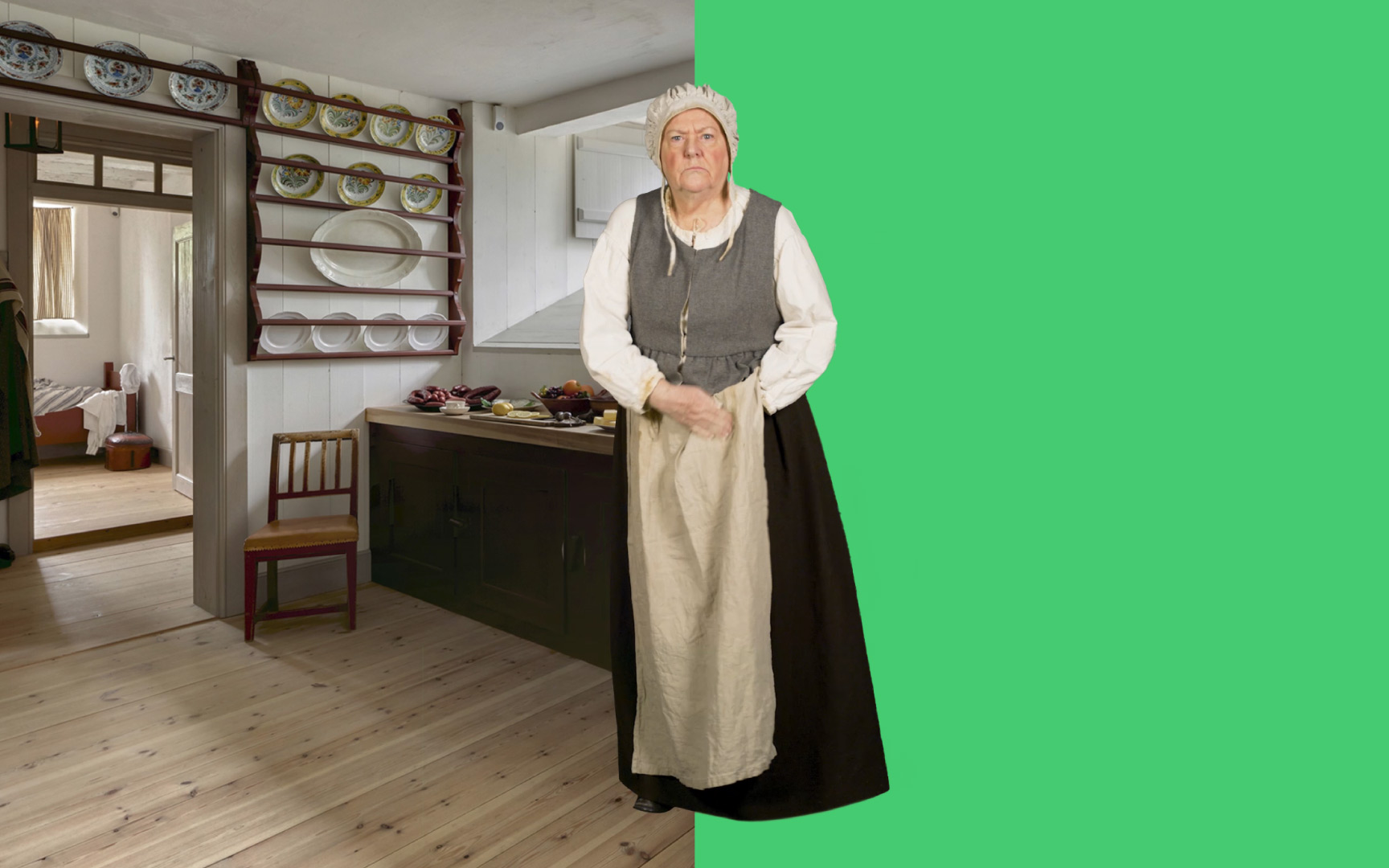 Bringing history to life with 360 photospheres
Bringing history to life with 360 photospheres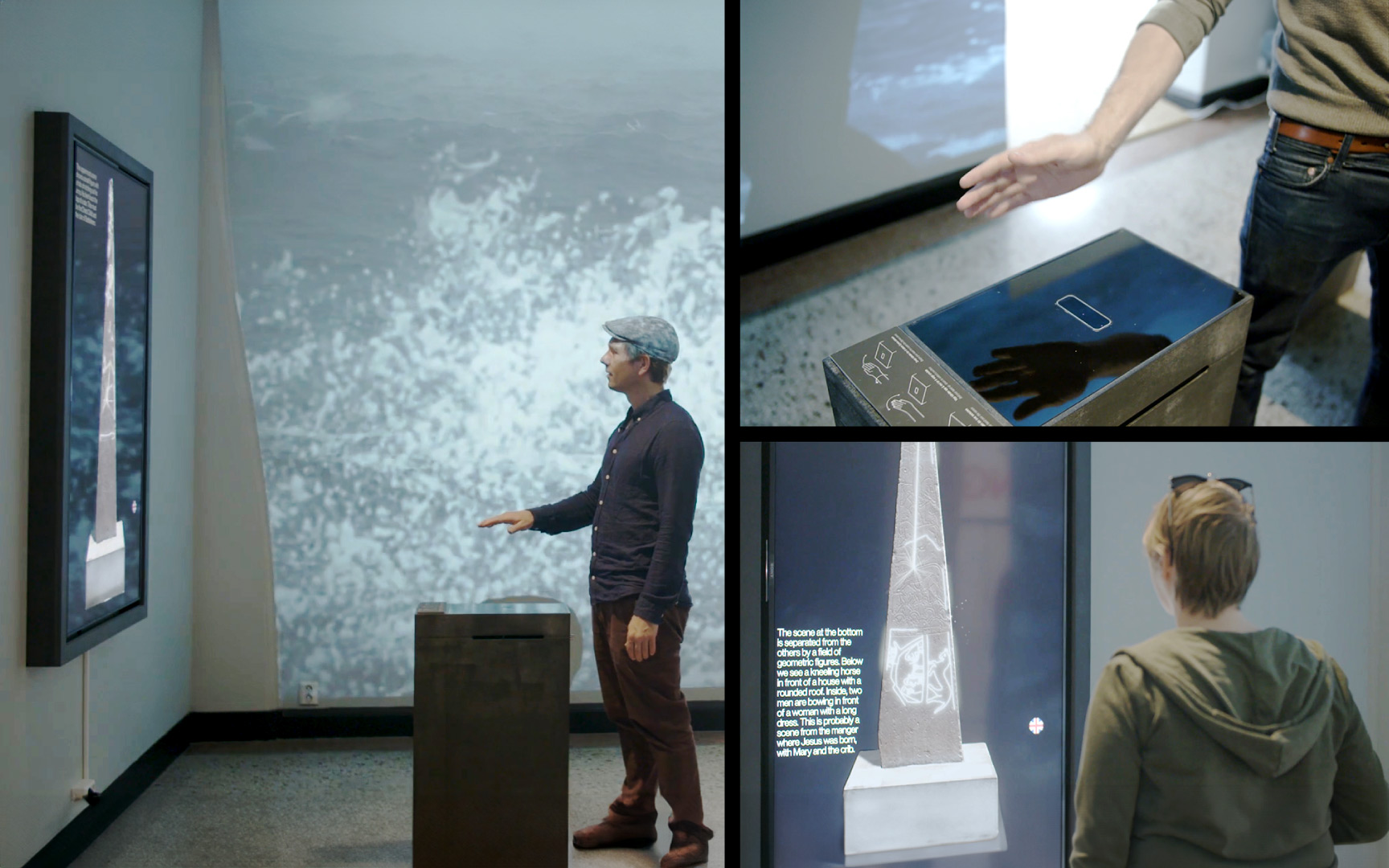 Digitizing hard to exhibit historical artifacts
Digitizing hard to exhibit historical artifacts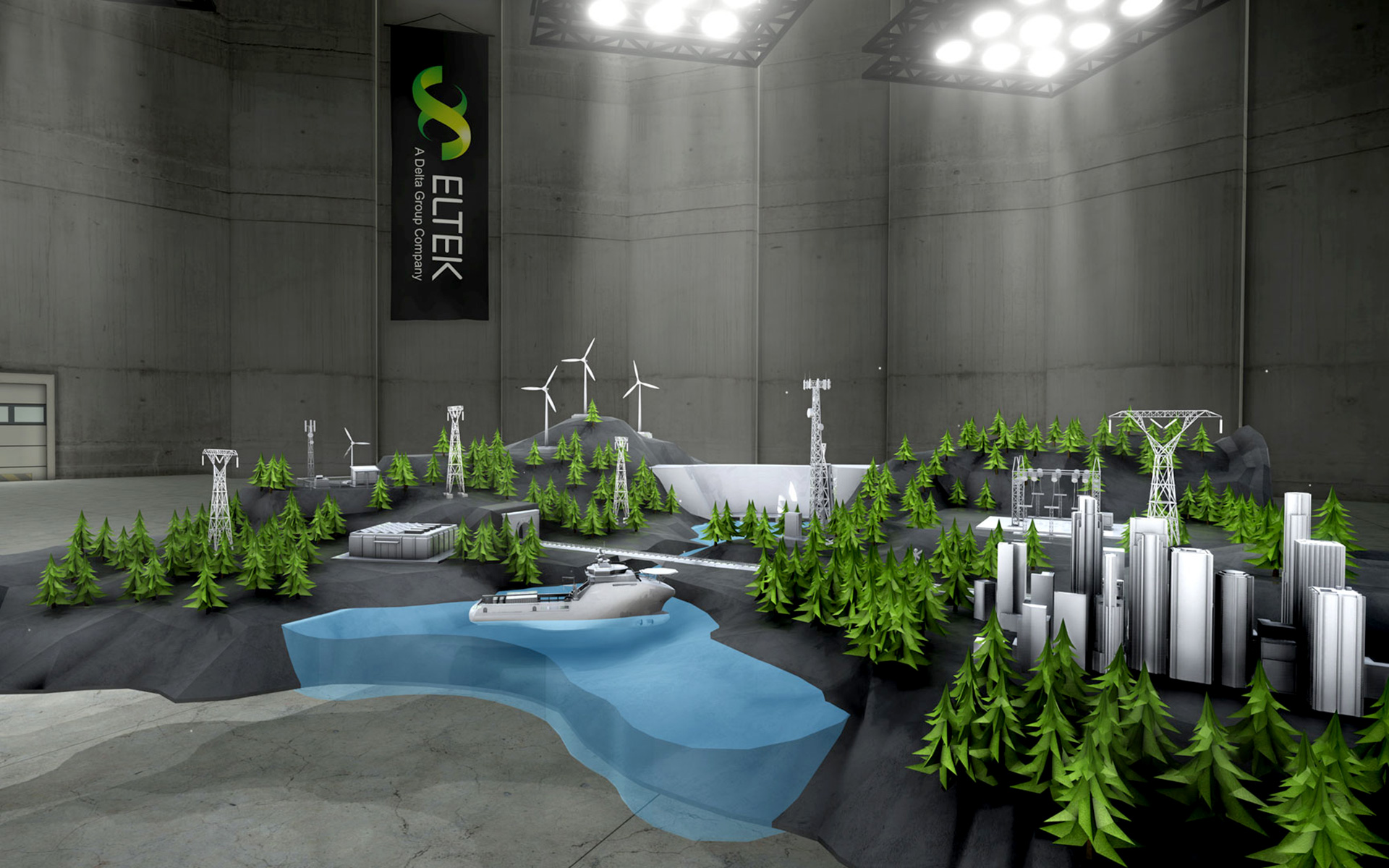 Creating an immersive product showroom
Creating an immersive product showroom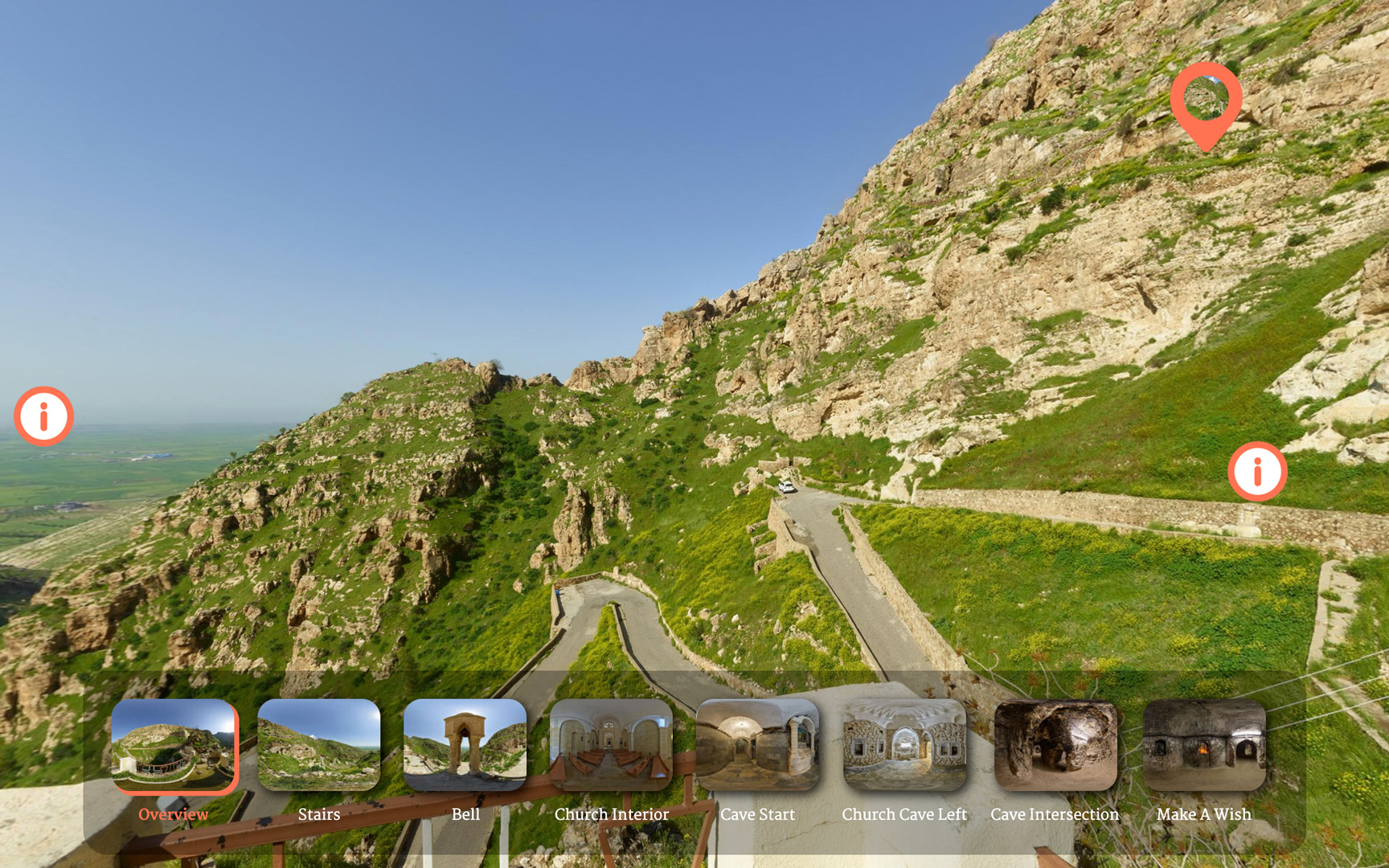 Creating interactive 360 heritage site tours for web
Creating interactive 360 heritage site tours for web